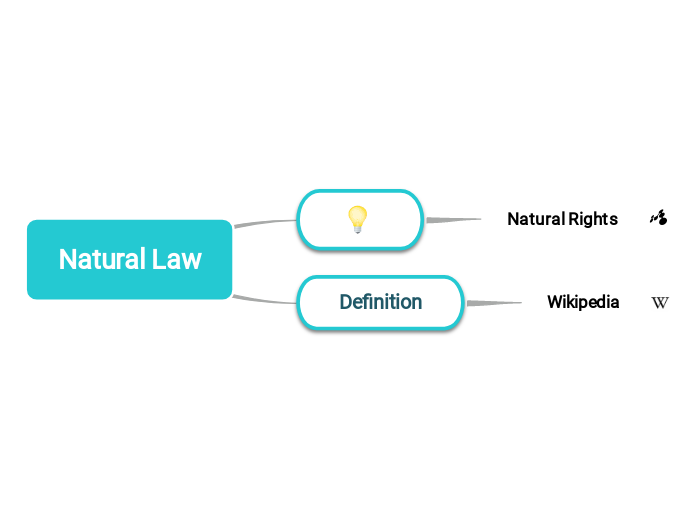2018 Final Exam Review
The Judicial Branch
GC.22
Describe the Supreme Court's role in determining the constitutionality of laws and acts of the legislative and executive branches.
SC's role in determining constitutionality
GC.21
Explain the process of judicial review established by Marbury v. Madison
Process of judicial review
GC.20
Explain the processes of selection and confirmation of Supreme Court justices.
Process of confirmation
Process of selection
GC.19
Analyze Article III of the Constitution as it relates to judicial power, including the length of terms and the jurisdiction of the US Supreme Court
Jurisdiction of US Supreme Court
Civil Liberties
GC.27
Identify and explain legislation and legal precedents that established rights for the underserved,m including Title IX and the Americans with Disabilities Act.
Americans with Disabilities Act
Title IX
GC.26
Evaluate the Supreme Court's interpretations of freedoms in the 14th Amendment, equal protection, and due process clauses, including:
Plessy v. Ferguson
Gitlow v. New York
Brown v. Board of Education
Roe v. Wade
Obergefell v. Hodges
Obergefell v. Hodges
Roe v. Wade
Brown v. Board of Education
Gitlow v. New York
Plessy v. Ferguson
GC.25
Evaluate the Supreme Court's interpretations of freedoms in the 4th through 8th Amendments, including
Mapp v. Ohio
Gideon v. Wainwright
Miranda v. Arizona
Miranda v. Arizona
Gideon v. Wainwright
Mapp v. Ohio
GC.24
Explain the 2nd Amendment, and evaluate its various interpretations.
2nd Amendment
GC.23
Evaluate the Supreme Court's interpretations of the freedoms articulated in the 1st Amendment, including:
Schenck v. US
Engel v. Vitale
Tinker v. Des Moines
Lemon v. Kurtzman
New York Times v. US
Miller v. California
Texas v. Johnson
Texas v. Johnson
Miller v. California
New York Times v. US
Lemon v. Kurtzman
Tinker v. Des Moines
Engel v. Vitale
Schenck v. Vitale
Tennessee State and Local Government
GC.30
Identify the current governor of Tennessee and the representatives in the General Assembly (for a student's respective district)
Representatives in the General Assembly
Current Governor
GC.29
Explain the differences among the types of local governments in Tennessee, including county, city, and metro governments, as well as the legal, fiscal, and operational relationships between them and the state government.
Operational relationship
Fiscal relationship
Legal relationship
Metro Government
City Government
County Government
GC.28
Identify the functions of departments and agencies of the executive, legislative, and judicial branches in the state of Tennessee.
Functions of Agencies
Functions of Departments
Citizen Participation
GC.35
Explain the requirements to be considered a natural-born US citizen, and describe the process of naturalization, including the knowledge required by the Naturalization Test.
Knowledge
Process
Requirements
GC.34
Describe the means that citizens use to participate in the political process, including:
Campaigning
Demonstrating
Lobbying
Petitioning
Running for Office
Voting
Running for office
Petitioning
Lobbying
Demonstrating
Campaigning
GC.33
Describe the role of media as a means of communicating information and how it influences the importance of issues and public opinion.
Role of Media - influencing opinion
Role of Media - Communicating
GC.32
Explain the role of political parties in the nomination process for presidential candidates and the importance of and difference between primaries caucuses, and general elections.
General Elections
Caucuses
Primaries
Role of political parties
GC.31
Describe what should be reasonable expected from any citizen or resident of the US, and explain why it is important for the well- of the nation, being including:
Being informed on civic issues
Obeying the law
Paying taxes
Respecting the rights of others
Serving as a juror
Serving in the military or alternative service
Volunteering and performing public service
Voting
Voting
Volunteering and performing public service
Servng in the military or alternative service
Serving as a juror
Respecting the rights of others
Paying taxes
Obeying the law
Being informed on civic issues
Main topic
The Executive Branch
GC.18
Explain the Electoral College system, and compare and contrast arguments for and against it.
Electoral College system
Arguments against
Arguments for
GC.17
Identify major departments of the executive branch, including:
Defense
Education
Justice
State
Treasury
Department of Treasury
Department of State
Department of Justice
Department of Education
Department of Defense
GC.16
Analyze Article II of the Constitution as it relates to the executive branch, including:
Appointments
Commander-in -chief of the military
Eligibility for office
Executive orders
Length of term (22nd Amendment)
Oath of Office
Powers of the president
Succession (25th Amendment)
Treaties
Treaties
Powers of the President
Oath of office
Length of term (22nd Amendment)
Executive orders
Commander-in-chief of the military
Appointments
The Legislative Branch
GC.15
Describe the powers of US Congress, including:
Appropriations
Commerce
Confirmations
Declaration of war
Implied powers
Necessary and proper clause
Powers of US Congress
Necessary and proper clause
Implied powers
Declaration of war
Confirmations
Commerce
Appropriations
GC.14
Identify the Tennessee representatives and senators to US Congress.
Senators to US Congress
Representatives to US Congress
GC.13
Describe the process of how a bill becomes a law.
Process of how a bill becomes a law
GC.12
Identify leadership positions of the legislative branch, including:
Majority and Minority leaders
President pro tempore
Role of the vice president
Speaker of the House
Speaker of the House
Role of the vice president
President pro tempore
Leaders
Minority
Majority
GC.11
Describe the census and its role in redistricting and reapportionment, including the role of Baker v. Carr.
Census
Baker v. Carr
Role in reapportionment
Role in redistricting
GC.10
Analyze Article I and the 17th Amendment of the Constitution as they relate to the legislative branch,m including: eligibility of office,
roles, length of terms, and election to office for representatives and senators, respectively.
Representatives
Senators
Election to office
Length of terms
Roles
Eligibility for office
Foundations of Constitutional Government
GC.9
Define the concepts of democracy and republic, and examine the relationship between the two.
Relationship between the two
Concepts of democracy and republic
GC.8
Analyze how the Bill of Rights limits the powers of the government and ensures individual rights.
How the Bill of Rights ensures individual rights
How the Bill of Rights limits the powers of government
GC.7
Describe the structure of the Constitution and the process to amend it.
Amendment process
Structure of the Constitution
GC.6
Describe limited government within the Constitution, including:
Checks and balances
Civilian control of the military
Federalism
Judicial Review
Popular sovereignty
Rule of law
Separation of powers
Separation of Powers
Rule of law
Popular sovereignty
Judicial review
Federalism
Civilian control of the military
Checks and balances
GC.5
Describe the purposes and functions of government as outlined in the Preamble of the Constitution.
Purposes and functions of government
GC.4
Discuss the Constitutional Convention of 1787, including the Great Compromise and the ensuing debate over ratification between the Federalists and Anti-Federalists.
Debate over ratification
Anti-Federalists
Federalists
Great Compromise
GC.3
Identify the strengths and weaknesses of the Articles of Confederation.
Articles of Confederation
Weaknesses
Strengths
GC.2
Examine the Declaration of Independence and American grievances against British rule.
Grievances against British rule
GC.1
Examine the influences of leading European thinkers (eg., John Locke, Charles-Louis Montesquieu, Thomas Hobbes) and other roots of American government (eg., Greek democracy, Roman republic, Magna Carta).
Roots of American Government
Magna Carta
Roman Republic
Greek Democracy
European Thinkers
Thomas Hobbes
- He developed the social contract theory.
- People give up certain rights in order to be protected by the sovereign power.
Charles-Louis Montesquieu
- He contributed the separation of powers in government.
- Executive, Legislative, and Judicial.
- He defined the types of government.
- Monarchy, Democracy, and Despotism
John Locke
- He believed that men are naturally free and equal.
- He argued that people have rights, such as the right to life, liberty, and property.









